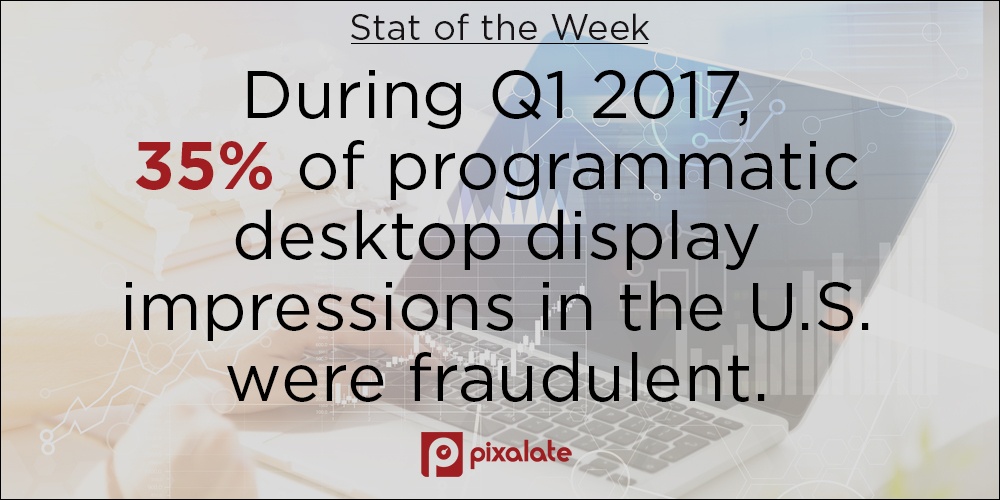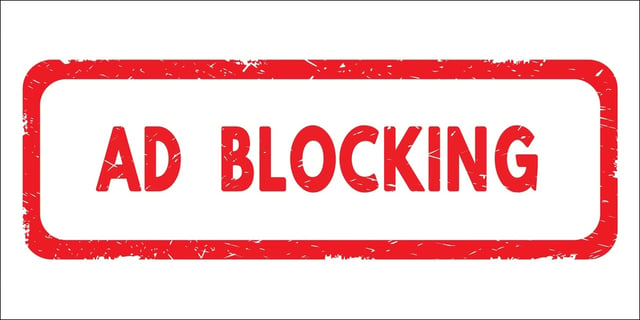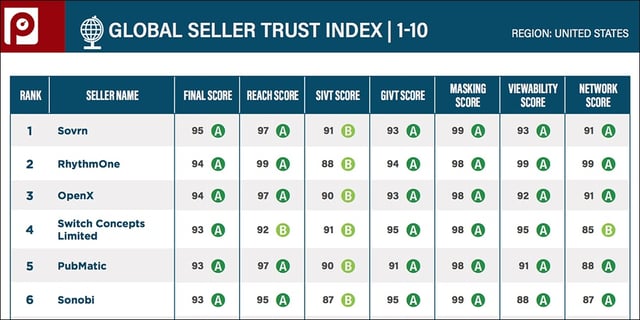
This week's review of ad fraud in the digital advertising space.

According to Advertising Age, P&G — the world's largest advertiser — is breaking ties with its former DSP/DMP partner, AudienceScience, and will begin working with The Trade Desk as its DSP and Neustar as its DMP. The move comes on the heels of P&G's Marc Pritchard, Chief Brand Officer, making pleas with the digital industry to clean up its supply chain.

Adweek this week reported that a consortium of ad-tech companies, including AppNexus, MediaMath, and LiveRamp, "have founded a new consortium tasked with creating standards for programmatic advertising in hopes of taking on Facebook and Google’s walled gardens." The consotrium also hopes to improve quality for advertisers in programmatic by increasing the data used for data-driven targeting.

Fast Company says Princeton and

According to a report from ZDNet.com, over 200 Android apps include the ability to listen for ultrasonic sounds without the user's knowledge. "Apps with access to your phone's microphone can pick up these tones and build up a profile about what you've seen, where, and in some cases even the websites you've visited," wrote ZDNet.com. Marketers concerned about brand safety should take note.

Pixalate this week released its March 2017 Seller Trust Indexes, which rank the quality of programmatic sellers. MediaPost covered the release of the rankings, writing, "Besides Google's, there were other big shifts from January to March for companies ranked on Pixalate's Mobile Seller Trust Index (MSTI), which measures reach, invalid traffic, location and transparency of mobile in-app inventory. PubMatic rose from 22 to 14 and Native Ads topped out at 5 on the list, up from 11 in January." Download the full whitepaper here.
Sign up for our blog to stay updated with new stats, trends, and analysis on digital ad fraud.
*By entering your email address and clicking Subscribe, you are agreeing to our Terms of Use and Privacy Policy.
These Stories on Weekly Recaps
*By entering your email address and clicking Subscribe, you are agreeing to our Terms of Use and Privacy Policy.

Disclaimer: The content of this page reflects Pixalate’s opinions with respect to the factors that Pixalate believes can be useful to the digital media industry. Any proprietary data shared is grounded in Pixalate’s proprietary technology and analytics, which Pixalate is continuously evaluating and updating. Any references to outside sources should not be construed as endorsements. Pixalate’s opinions are just that - opinion, not facts or guarantees.
Per the MRC, “'Fraud' is not intended to represent fraud as defined in various laws, statutes and ordinances or as conventionally used in U.S. Court or other legal proceedings, but rather a custom definition strictly for advertising measurement purposes. Also per the MRC, “‘Invalid Traffic’ is defined generally as traffic that does not meet certain ad serving quality or completeness criteria, or otherwise does not represent legitimate ad traffic that should be included in measurement counts. Among the reasons why ad traffic may be deemed invalid is it is a result of non-human traffic (spiders, bots, etc.), or activity designed to produce fraudulent traffic.”

